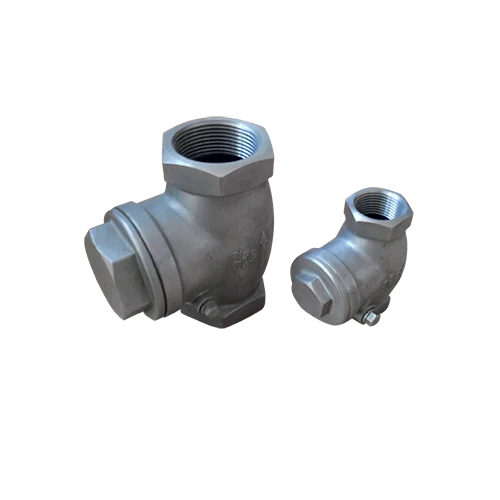Mobile:+86-311-808-126-83
E-mail:info@ydcastings.com
motor casing
Understanding Motor Casing Importance and Functionality
Motor casing is a crucial component in various electric and mechanical systems, serving as the protective outer shell for motors. These casings not only house the essential parts of a motor but also play a vital role in ensuring the overall efficiency, safety, and longevity of the device.
At its core, the primary function of a motor casing is to safeguard the internal components, such as the rotor, stator, and winding, from external elements like dust, moisture, and physical damage. Without a robust casing, motors would be susceptible to wear and tear, leading to decreased performance and a shorter lifespan. Additionally, the casing prevents accidental contact with moving parts, thereby enhancing safety for operators and maintenance personnel.
Motor casings are designed with various materials, including aluminum, steel, and plastic, each chosen based on the motor's application, environment, and required durability. For instance, aluminum casings are lightweight and corrosion-resistant, making them suitable for portable devices, while steel casings provide enhanced strength and are ideal for heavy-duty applications. In contrast, plastic casings may be used for lighter applications where cost-effectiveness is a priority.
motor casing

Moreover, motor casing design is often tailored to optimize cooling
. Motors generate heat during operation, and an effective casing will incorporate features such as vents and fins to promote airflow and heat dissipation. This is essential in preventing overheating, which can lead to motor failure or reduced efficiency. In high-performance motors, advanced cooling techniques, including fan integration or liquid cooling systems, may be employed to further enhance thermal management.In addition to protection and cooling, the casing also plays a structural role, providing a stable framework that helps maintain alignment between the motor’s moving parts. Precision in alignment is critical for minimizing vibrations, which can lead to mechanical failures and increased noise. A well-designed motor casing not only enhances performance but also contributes to a quieter operation, an important consideration in environments that require minimal noise levels.
While the primary functionalities are protection and structural support, motor casings can also facilitate ease of maintenance. Features such as removable covers or access ports allow for straightforward inspection and repairs, reducing downtime and maintenance costs.
In summary, motor casings are indispensable in the functionality and reliability of motors across various applications. By providing protection, heat management, structural integrity, and ease of maintenance, they ensure optimal performance and safety in countless mechanical systems. As technology continues to evolve, the design and materials used in motor casings will likely advance to meet new challenges and demands, further enhancing their critical role in modern engineering.











